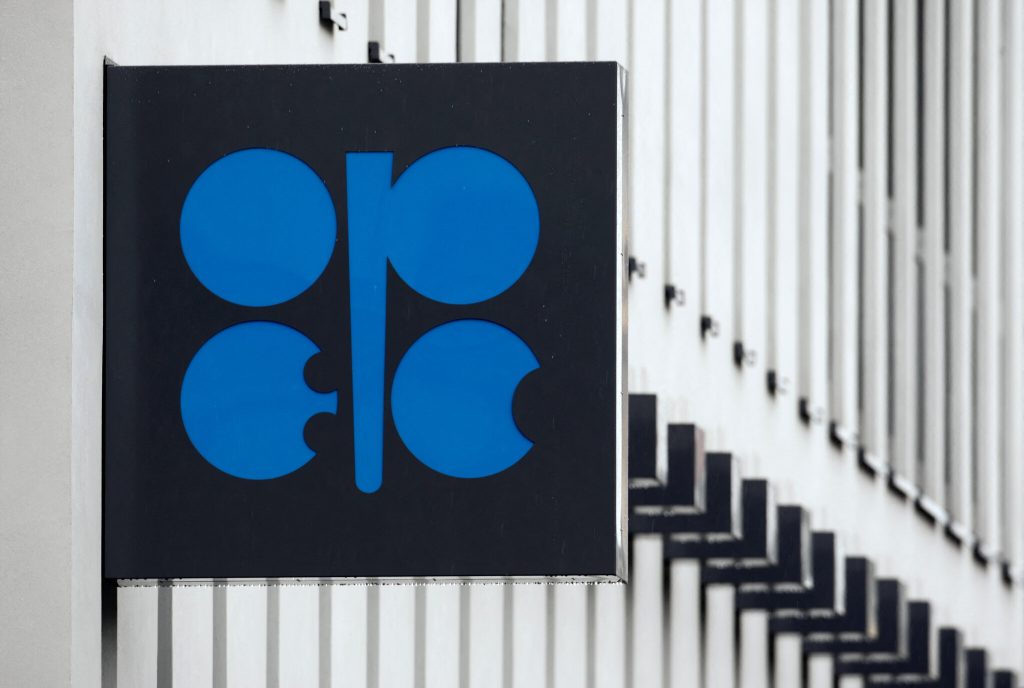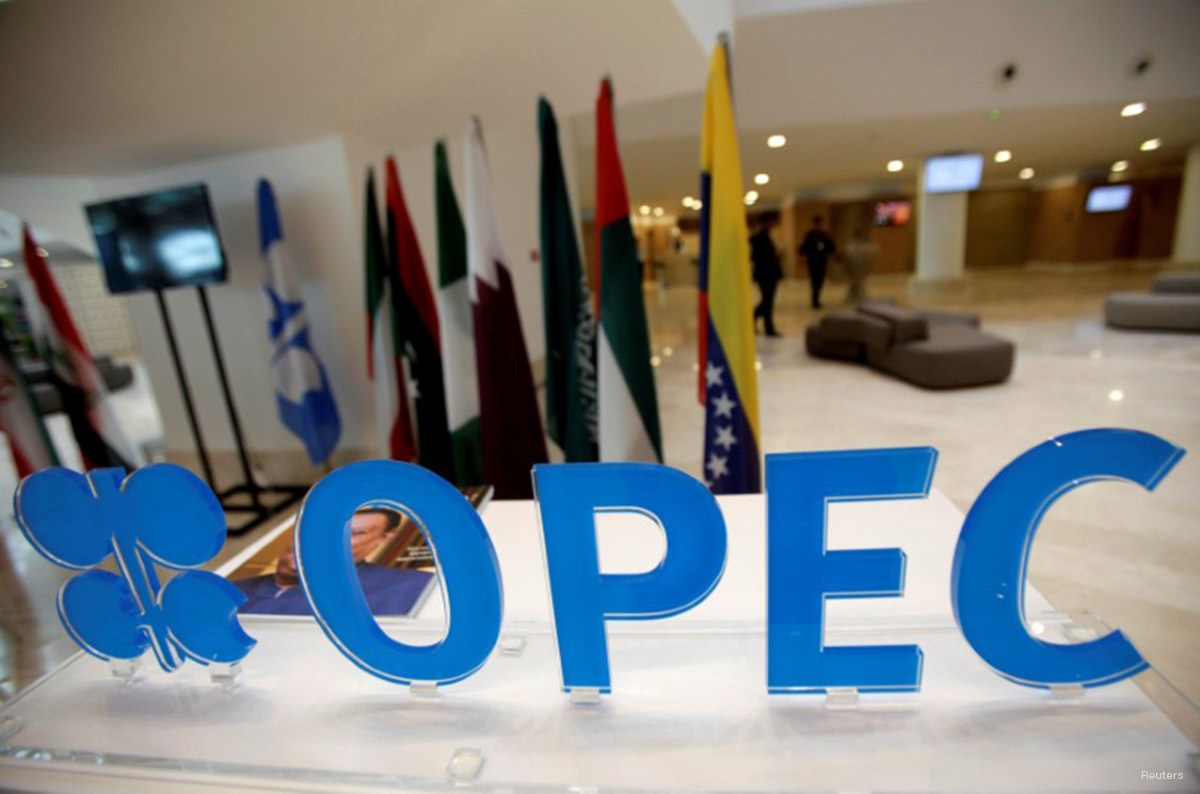Despite oil prices hovering around $60 per barrel, the OPEC+ alliance is expected to proceed with plans to increase output this week, facing both internal pressures and political demands.
The decision comes during growing calls from US President Donald Trump and mounting tension within the cartel, particularly from Saudi Arabia, which seeks to penalise members who have repeatedly breached agreed production limits.
Saudi Arabia, Russia, and six other key OPEC+ producers had already surprised markets by significantly boosting production for May and June, defying low prices that harken back to pandemic-era levels.
The broader group, comprising 22 nations heavily reliant on oil income, has historically limited supply to keep prices buoyant, holding back millions of barrels in reserves.
This week will see two crucial OPEC+ meetings. First, all members will convene virtually on Wednesday to agree on a unified strategy. Then on Sunday, the eight countries responsible for the deepest cuts—dubbed the “V8″—will meet separately to decide on production levels for July.
According to UBS analyst Giovanni Staunovo, “The V8’s decision on Sunday is the most crucial,” with analysts anticipating a further increase of 411,000 barrels per day in July, matching the levels for May and June. This would exceed the previously scheduled increase of just 137,000 barrels and could push prices down further.

OPEC+ has justified its change in course by pointing to “healthy market fundamentals” and low global oil stockpiles.
But some market watchers remain unconvinced, citing concerns about declining demand amid ongoing trade tensions driven by President Trump.
Since late 2022, the group has been enforcing steep production cuts, withholding 2.2 million barrels per day. A gradual reintroduction of these supplies was announced earlier this year, but the pace has since sharply accelerated.
This move also reflects Saudi Arabia’s frustration with members who are flouting production caps, reducing overall cartel discipline and profits.
“There are investors who want to see returns, which leads to overproduction,” said Lawrence Haar, an associate professor at the University of Brighton.
Kazakhstan, viewed as the biggest offender, has increased output largely due to the Tengiz oilfield project operated by US oil giant Chevron. Other members, such as Iraq and the UAE, have also exceeded their limits, but Riyadh has zeroed in on Astana.
Analysts at DNB Carnegie noted, “Kazakhstan continues to pump well above its OPEC+ quota, and Saudi Arabia must act on its warnings to maintain credibility.”
Observers also point to strong political pressure from Washington as a key reason behind the group’s shift in strategy.
“It’s impossible to understand the V8’s decision without acknowledging Trump’s influence,” said Francis Perrin of the Institute for International and Strategic Relations.
Trump, eager to bring down oil prices to curb inflation at home, said in January that he would ask Gulf producers to lower prices.
During his recent diplomatic trip to the region, oil wasn’t mentioned publicly, suggesting he is satisfied with OPEC+’s actions so far, according to Carole Nakhle of the Surrey Energy Economics Centre.
OPEC+ is also monitoring ongoing US-Iran nuclear talks. A breakthrough could lift sanctions on Iran, potentially flooding the market with additional oil from the Islamic Republic.
Even so, extremely low oil prices are a double-edged sword, particularly for Saudi Arabia, which relies heavily on petroleum revenues to fund its Vision 2030 diversification initiative.
“The Saudi economy still depends overwhelmingly on oil,” said Nakhle.


 Trending
Trending 